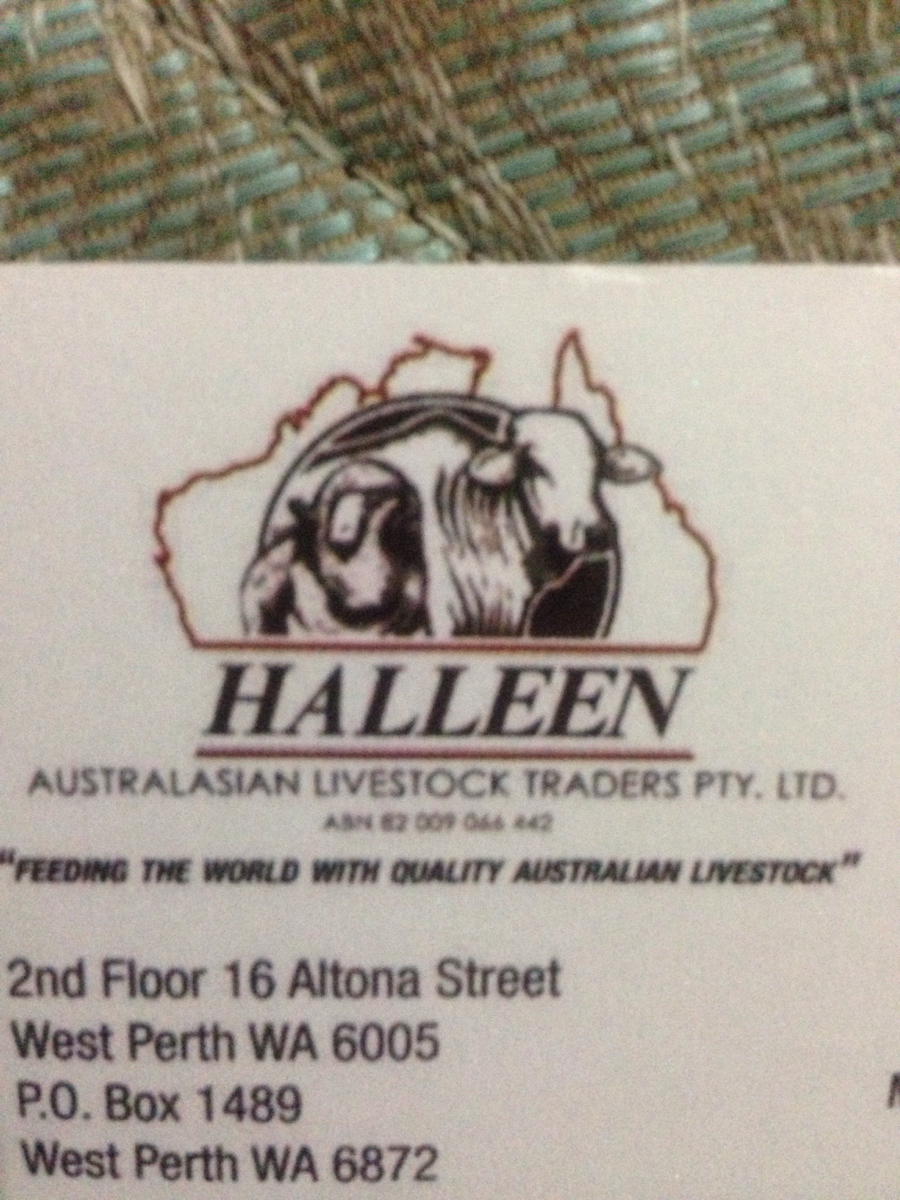Information
-
Document No.
-
Audit Title
-
Client / Site
-
Conducted on
-
Prepared by
-
Location
-
Details
Farm Details
-
Farm Owner Details
-
Training provide
-
Farm Address
-
Farm Capacity
- 10-50
- 50-100
- 100-500
- 500-1000
- 1000-3000
Infrastructure
-
Do holding pens provide enough space for the animals to stand up, lie down and turn around?
-
Are unloading and loading facilities free from faults or flaws (including slippery floors) that may cause injury to the animals or allow escape.
-
Are unloading and loading ramps non-slip?
-
Are pens, races and gates free from protrusions and sharp edges that could injure animals or impede calm and effective animal movement?
-
Does the design and construction of passageways and races allow for calm and effective animal movement?
-
Is the flooring even and non-slip?
-
Is the lighting even and conducive to animal movement?
-
Does the feedlot design, including lighting, allow animals to be inspected?
-
Is clean water available to all animals?
-
Is feed of sufficient quantity and quality available to all animals?
Receival
-
Are livestock unloaded from the trucks and loaded into the feedlot in a calm and efficient manner?
-
Are animals inspected during unloading at the facility and sick or injured animals identified?
-
After unloading, are all animals re-inspected for signs of lameness or injury that may have been missed during unloading?
-
Is the number of livestock unloaded appropriate for the capacity of the available pens and raceways?
Animal Handling
-
Have all the personnel handling animals been trained to follow the company's Standard Operating Procedures (SOP)?
-
Do handlers avoid trying to make animals move if they have nowhere to go?
-
Do handlers avoid pressuring animals unnecessarily if they are already moving in the right direction?
-
Are livestock isolated only when necessary?
-
Do handlers avoid forcing animals to walk over the top of other animals?
-
Are animals handled to avoid harm, distress or injury? This includes ensuring livestock are not lifted by the horns, legs or tail, are not dragged, dropped, thrown, tripped, punched, kicked or hit with sticks, lengths of plastic or metal pipe or thick leather belts?
-
Are downer animals (animals that cannot walk or stand) identified and provided with special handling and management.<br>
-
For cattle are electric prodders only used in emergencies and never carried or routinely used? For sheep are electric prodders never used?
Overall Management
-
Is clean water available for all animals?<br>
-
Is feed of sufficient quantity and quality available to all animals?
-
Are all animals inspected twice daily while in the facilities and observed for signs of lameness and injury?<br>
-
Are sick or injured animals killed humanely or segregated and treated appropriately?<br>
-
Are pens cleaned regularly and free from an excessive build up of manure?
-
Are supervisory staff onsite to apply corrective measures as required?
Transport to Abattoir
-
Are only animals that are fit for transport loaded onto trucks?
-
Are animals loaded and unloaded from trucks in a calm and efficient manner?
-
Are the trucks suitable for transporting animals of the class involved and for the distance required?
-
Are livestock crates free from faults or flaws that will allow escape or cause injury?<br>
-
Is the number of livestock unloaded at the abattoir appropriate for the capacity of the available pens and raceways?
-
Are animals that are injured during transport either killed immediately if they cannot walk or unloaded calmly and efficiently so as not to cause further distress and slaughtered at the first possible opportunity?
Traceability
-
Are animals individually counted off trucks into the facility and reconciled against transport dockets?
-
Are transport records maintained?
-
Are records of mortalities during transport and at the feedlot are maintained?
-
Are all animals that arrive at the feedlot individually identified?
Traceability
-
Are all animals that arrive at the feedlot individually identified?<br>
-
Are animals that are missing identification tags issued with replacement tags and consignment records adjusted accordingly?
-
<br><br>Are individual exporter consignments segregated within the feedlot?<br>
-
<br><br>Is a reconciliation of loaded animals and received animals conducted and any variances identified and investigated? <br>
Control assessment
Potential risk
-
<br><br>Movement of non-supply chain animals through the same unloading facilities.<br>
-
<br><br>Mixing of supply chain animals and non-supply chain animals within the supply chain.<br>
-
<br><br>Sharing of feedlot pens / areas between ESCAS approved and non-approved animals.<br>
-
<br><br>Sales of animals being sold direct to the public from lairage or public sale yards and risk of animals being removed from the approved supply.<br>
Security
-
<br><br>Rate the security regulating access to the facility.<br>
-
<br><br>Comment on any other aspect of the facility that might represent a risk to the security of the supply chain.<br>
Resolution of previous high risks
-
<br><br>Have previously identified high risks been addressed?<br>
-
Summary of recommendations
-
Add media
-
Add media
-
Add media
-
Add media
-
Add media
-
Add media
Details
-
Number of cattle






